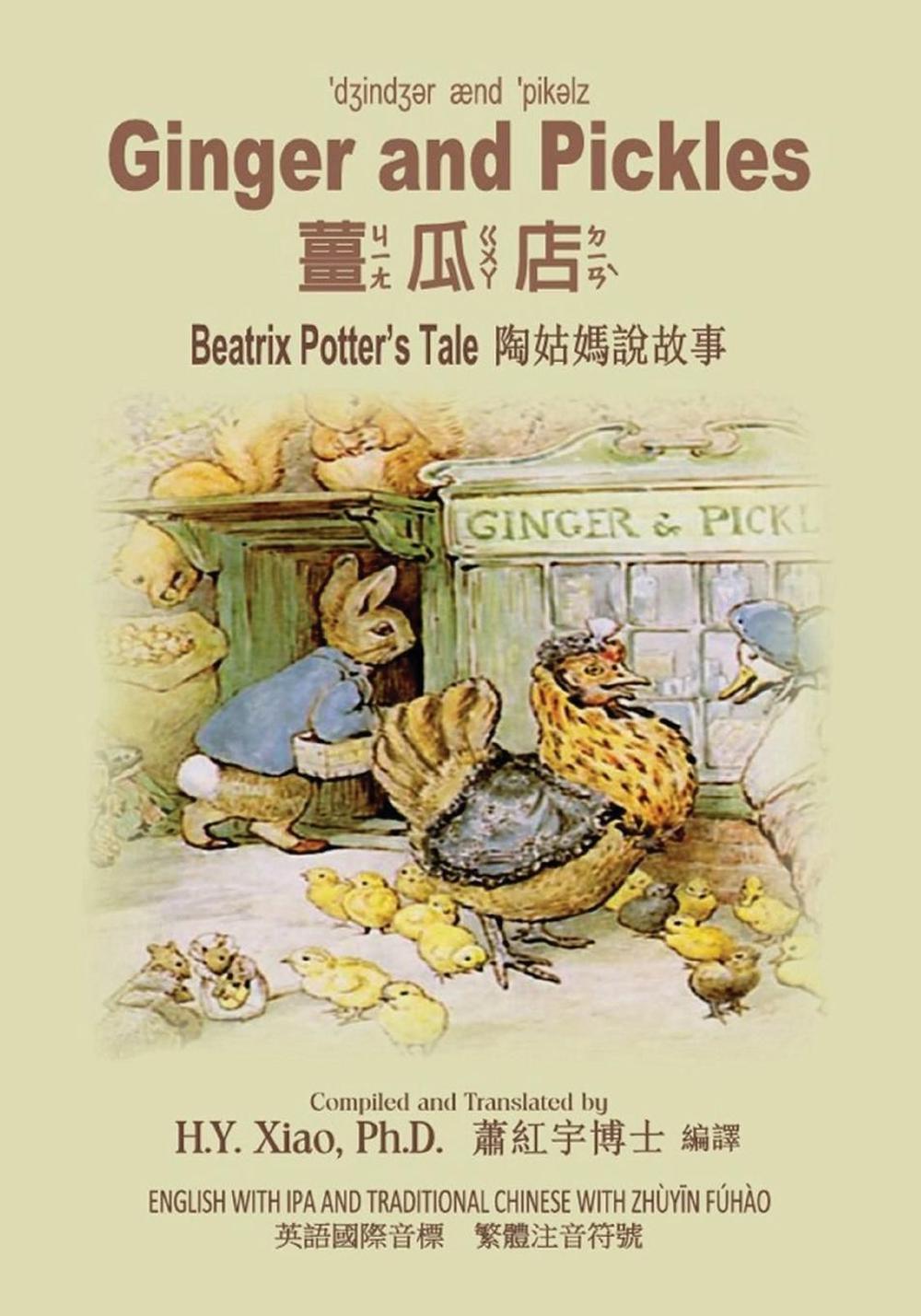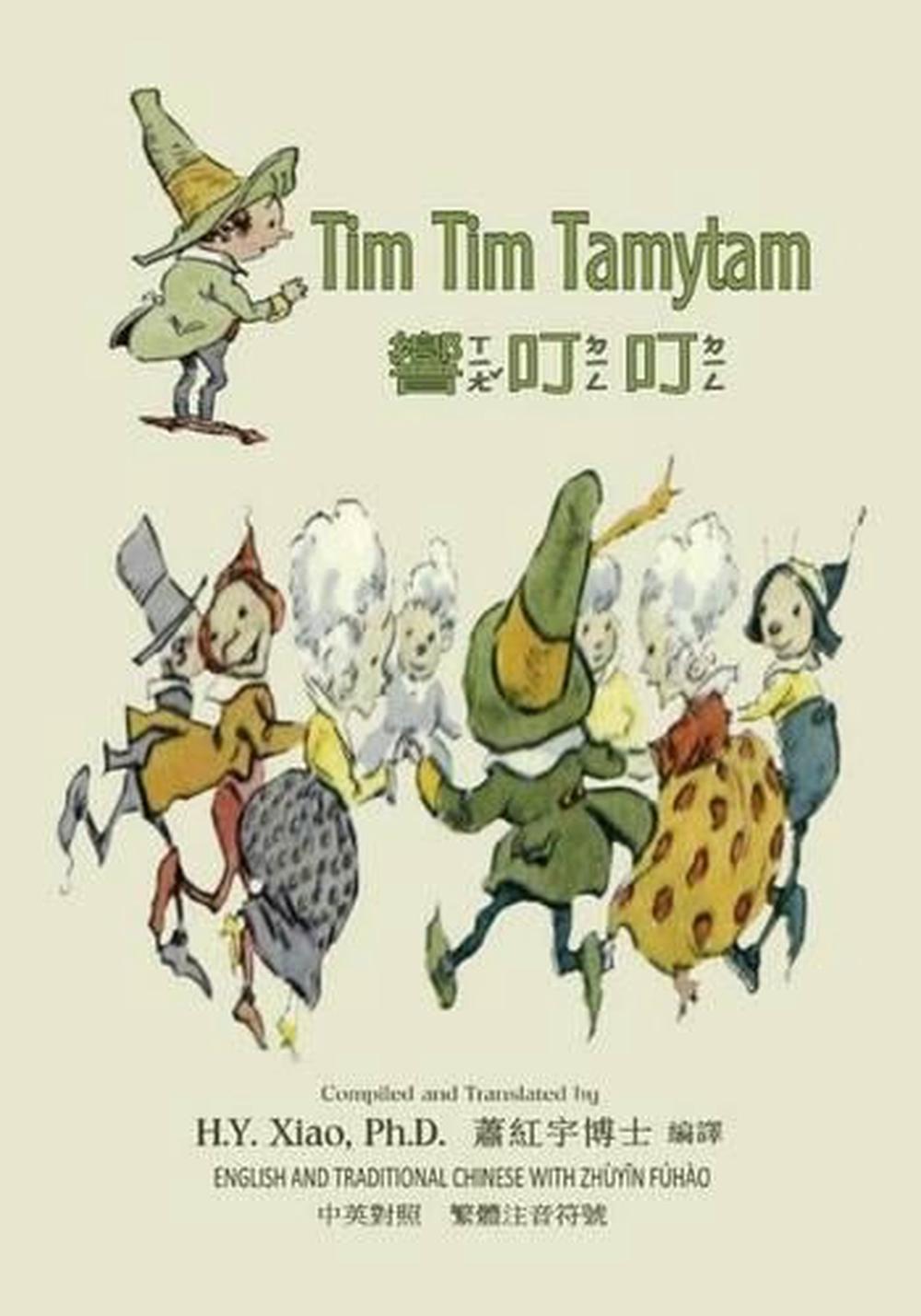
The transcription system, although originating in China, is a linguistic capital that is shared by all young Taiwanese regardless of their ethnicity and therefore has become an exclusive symbol to represent the emergent Taiwanese national identity. By analysing different discourses, this study shows that it is likely that in the digital age, the transcription system is no longer just a tool for learning characters, rather it has gained orthography status which distances Taiwanese from other Chinese-speaking communities. This study focuses on a public debate in 2018 on whether or not Zhuyin fuhao should be abolished. For example, (b) comes from, part of (bo). The Zhuyin symbols were developed from Chinese characters and use parts of characters that have the relevant pronunciation in Mandarin. The proposed scripts were often associated with political ideologies and caused controversies. It was renamed (zhyn fho - 'phonetic symbols') in 1930, and is popularly known as (bopomofo) after the names of the first 4 symbols.

With the attempt to localise and globalise in the past 30 years, different scripts have been introduced to codify or transcribe the various languages used in Taiwan. Not sure if this is true but they say Arabic was only rendered as images on the web until year 2,000 - there were problems with right-to-left directions.This study argues that the transcription system Zhuyin fuhao, which has been widely used in Taiwan for the last seventy years, has been reinvented as a symbol of Taiwanese identity by the Taiwanese people. I'd prefer this to image files but, anyway, the site is great. They could do it in horizontal, if vertical is not feasible. See attached screenshots - vertical (from MS Word) and horizontal (converted to HTML):

Well, Japanese are not too fussed, they use both horizontal (if vertical is not practical or if the text is mixed with another script) and vertical (more traditional) The Bopomofo characters become horizontal in HTML.

Perhaps, it's too difficult to make vertical scripts on a web site, although, I tried converting a Word document with Zhuyin Fuhao as ruby (furigana) into an HTML file. There are also some stories in Chinese with Bopomofo in gif image files with English translations (also images). Thanks a lot! No wonder, I couldn't find resources myself - Zhuyin Fuhao 注音符號 / 注音符号 is published as image.


 0 kommentar(er)
0 kommentar(er)
